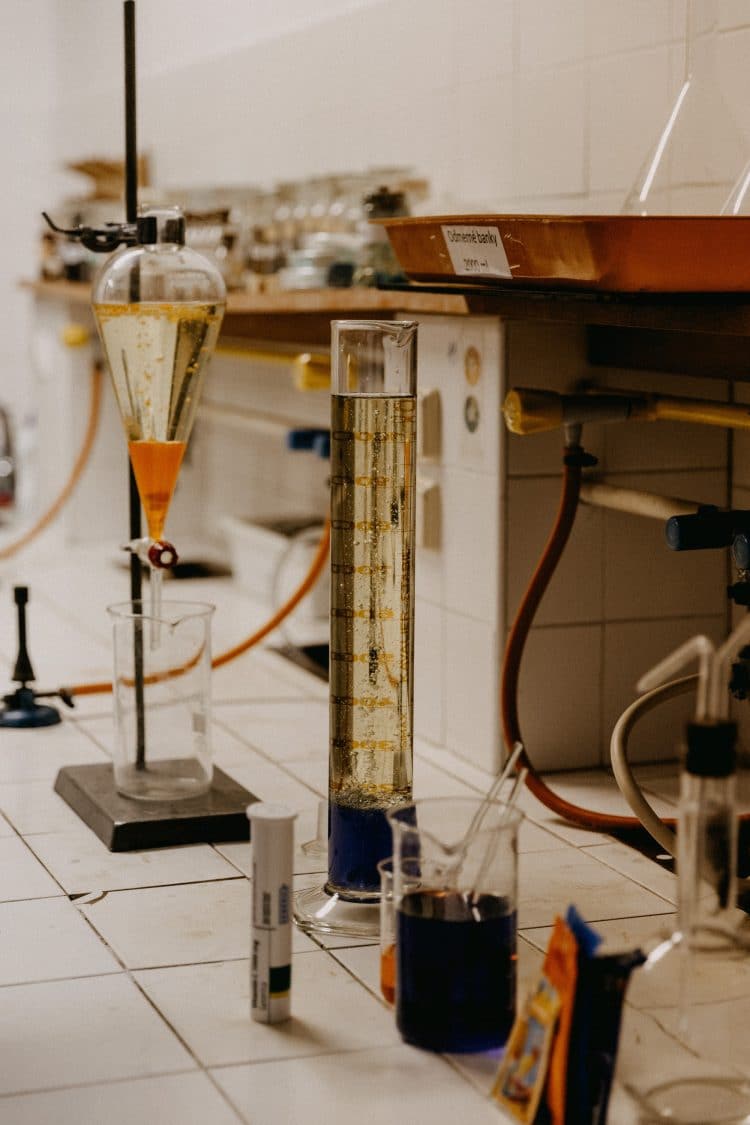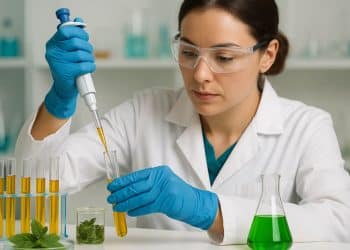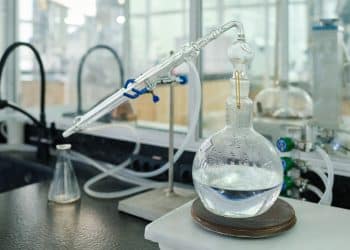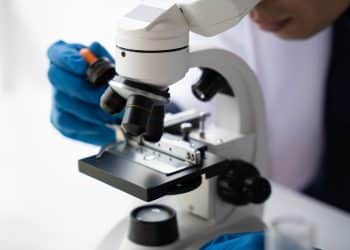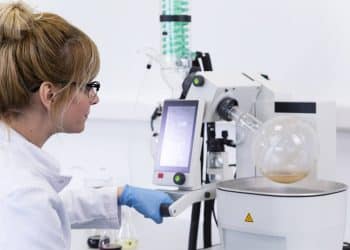Before a product can be released, it needs to go through a refinement process to get rid of any impurities. The primary difference between physics and chemistry based refinement procedures comes down to how the solution is treated to remove unwanted substances. Chemical refinement relies on breaking or forming chemical bonds to get rid of impurities or to form derivatives that can be reused or removed from the solution, instead physical refinement doesn’t change the chemical makeup, but it requires physical or mechanical procedures to remove any pollutant from the mixture. Depending on what needs to be refined, there are pros and cons to each one.
Physical refinement
The common methods of physical purification comprise distillation, crystallization, extraction, chromatographic, electrophoresis among other methods such as winterization, degumming etc. This kind of purification procedures and be applied in combination of chemical purification techniques: filtering or distilling out of a solution byproducts formed through a chemical reaction is a common workflow for obtaining high degree of purity products. [1] These kind of refinement processes require sometimes complex equipments to ensure homogeneous temperature distribution and deep vacuum formation, but can be also easily repeated until the trace of impurities left in the sample are of acceptable levels for the intended purpose. [2]
Chemical refinement
Chemical refinement involves chemical reactions to eliminate impurities in the final product. Greater selectivity in purity can be achieved by making use of differences in chmical properties of substances to be purified and the contaminants. Through treatment with sodium borohydride for instance, it is possible to transform carbonyl containing impurities such as aldehydes and ketones in alcohols and ethers that can be easily removed from the mixture through distillation or air evaporation. Through complexation and the use of scavanger resins, metal impurities and other kind of pollutant can be removed from a solution after precipitation.
Many organic chemicals can be purified by conversion into suitable derivatives followed by regeneration. Chemistry can be more efficient than physics for refining a solution, nevertheless during the purification procedure, unwanted byproducts can be formed and hazardous chemicals are often used with concerns of the possible environmental impact. [3]
Which Refining Process Works Best
Depending on the substance to be purified and the kind of impurities present in the final product, a method would be more suitable than another. Physical refining may produce higher yields with less environmental impact, but chemical purification processes may be more efficient. More than one purification method can be applied to obtain compounds or solutions of the highest purity. In general, following the green approach, there is always more need to obtain byproducts from purification steps that can be re-used or re-processed in order to minimize the impact on the environment.
References:
[1] Armarego, W. L.F. Purification of Laboratory Chemicals || Common Physical Techniques Used in Purification. , (2009); 1–60. doi:10.1016/b978-1-85617-567-8.50009-3
[2] Kovari, K. et al. Physical refining of sunflower oil. Oléagineux, Corps gras, Lipides , (2000); 7 (4), 305–308. https://doi.org/10.1051/ocl.2000.0305
[3] Armarego, W. L.F. Purification of Laboratory Chemicals || Chemical Methods Used in Purification. , (2009); 61–79. doi:10.1016/b978-1-85617-567-8.50010-x
Image: https://unsplash.com/photos/SwCMZwrhQm8
